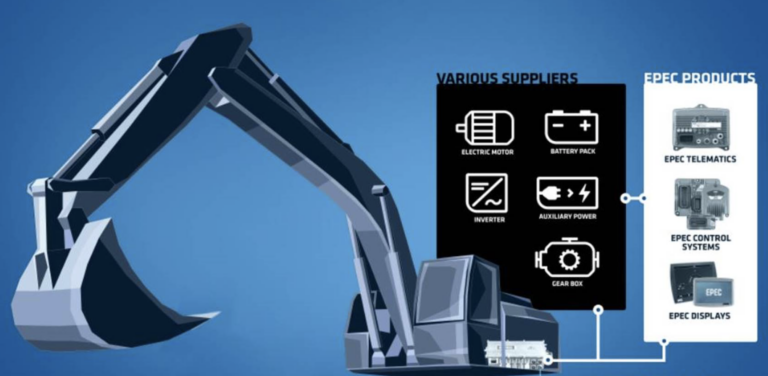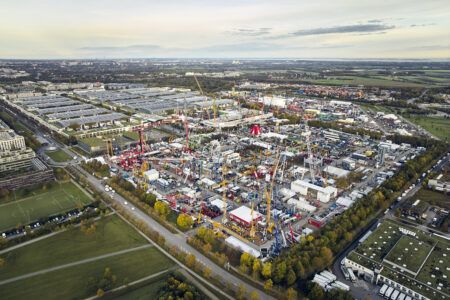Senni Huutera, director business development and strategy with Epec, explores how getting all machine systems working together helps optimise off-highway vehicle performance
The aim for zero emissions and a minimised carbon footprint evolves machine and vehicle technologies rapidly towards electric/hybrid electric solutions. The focus is shifting from components to system level, and from mechanical and hydraulics engineering to mechatronics and software and systems engineering. This means that the development work is started way earlier and in most cases with efficient simulation models.
A holistic machine view is essential to ensure system integrations, enabling future technologies and to consider lifetime sustainability and total cost of ownership. All machine systems – control system, telematics/connectivity system, AI/assistance systems and electromobility system (considering also hydraulics, thermal management, battery, gearbox and so on) – must work seamlessly together to achieve a machine whose efficiency and productivity can be continuously monitored, maintained, analysed and improved.
Smooth data flow between the systems
As an example, an intelligent PDU (power distribution unit) integrates as a part of machine control system taking advantage of the system software. PDU distributes the current flow where it’s needed according to machine operation, minimising all unnecessary consumption. The battery management system (BMS) changes information with PDU and the control system to enable the battery’s optimal use. It also protects the battery by monitoring and regulating the charging and by monitoring, for example, battery’s state, environment and remaining operating time.
Continuous improvement and enhancing machine operating
All the information collected from different machine systems flows into machine control system’s high-performance remote access unit. It collects and processes the most important data and sends it to remote management to be further monitored and analysed. Machine systems’ software can be improved and updated remotely in an agile way over-the-air and remote diagnostics can be used for solving sudden challenges quickly. Machine up-time improves significantly when all the provided data enables, for example, forecasting machine operating and maintenances.
Modern machines are becoming more complex to operate and there might be large variations in operator skills. Operator effectiveness is significantly improved utilising machine automation, implementing operator level specific machine settings and adding assistance & autonomous systems and real-time capable applications such as object detection.
Complex systems set growing requirements for functional safety. Implementing the needed functional safety not only adds to the machine’s safety, but it also offers the machine operators better control over the equipment and improved operational metrics.
To reach optimised performance and also taking future technologies into account, system topology and software selections are essential. When all the systems are working seamlessly together, they lead to added usability and efficiency, and reduced downtime resulting in increased productivity.
For more insights, visit Epec at iVT Expo on booth 4100.
**
For inquiries: sales@epec.fi
Website: https://epec.fi
LinkediN: https://www.linkedin.com/company/epec/





